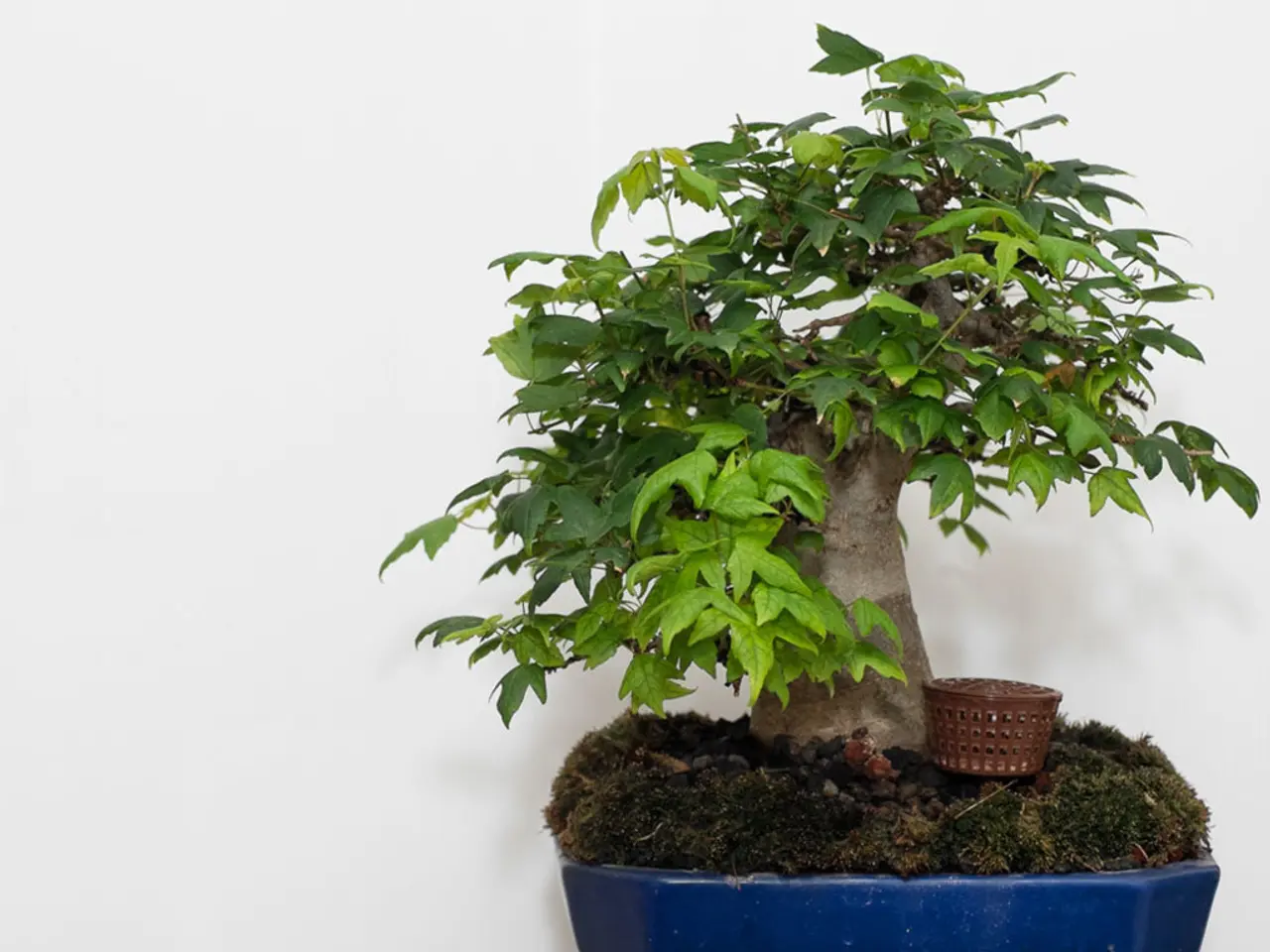Maintaining Organic Bonsai Tools: Discovering Eco-Friendly Options
When it comes to antique or vintage bonsai tools, exercise caution with organic maintenance methods to preserve their patina and integrity. Here's a guide to maintaining bonsai tools naturally and sustainably, using DIY methods that clean and condition the tools without harsh chemicals.
DIY Tool Cleaning and Conditioning Recipes
1. Baking Soda and Vinegar Solution
- Ingredients: 2 tablespoons of baking soda, 1 tablespoon of white vinegar.
- Instructions: Mix both ingredients in a small bowl to form a paste. Use this paste to scrub tool surfaces, then rinse with water. This solution helps remove dirt and grime without harsh chemicals.
2. Lemon Juice and Water Rinse
- Ingredients: Fresh lemon juice, water.
- Instructions: After cleaning, rinse tools with a mixture of equal parts lemon juice and water. The acidity helps remove any remaining grime and leaves a fresh scent.
3. Coconut Oil for Rust Prevention
- Ingredients: Coconut oil.
- Instructions: After cleaning and drying the tools, apply a thin layer of coconut oil to prevent rust and corrosion. This method is especially useful for metal tools.
4. DIY Tool Sanitizer
- Ingredients: 3% hydrogen peroxide or white vinegar.
- Instructions: Dip tools in a solution of hydrogen peroxide or white vinegar for a few minutes to sanitize them. This helps prevent the spread of diseases between plants.
Additional Tips for Sustainable Tool Maintenance
- Regular Cleaning: Clean tools after each use to prevent the buildup of dirt and plant residue.
- Drying: Always dry tools thoroughly to prevent rust on metal parts.
- Storage: Store tools in a dry place to maintain their condition.
These methods not only ensure the longevity of your bonsai tools but also contribute to a more sustainable gardening practice. Vinegar, lemon juice, tea tree oil, and neem oil are examples of natural rust removers and inhibitors.
Stubborn sap or resin can be removed from bonsai tools using a paste made from baking soda and olive oil. Natural tool care products can be equally effective in maintaining bonsai tools, providing a gentler, more environmentally friendly approach that prioritizes tool longevity and user safety.
Rust is a persistent enemy of bonsai tools, but it can be effectively combated using natural rust removers and inhibitors. Eco-friendly handle restoration techniques include using beeswax, coconut oil, and turpentine to protect and nourish wooden handles.
Embracing these eco-friendly alternatives contributes to a more sustainable future. Examples of DIY tool maintenance recipes include a rust-removing paste made from lemon juice, salt, and olive oil, a wood handle conditioner crafted from beeswax, coconut oil, and essential oils, and a metal polish created from baking soda, water, and white vinegar.
Minimizing waste in tool care can be achieved through strategies such as repairing and reusing tools, using reusable cloths and rags, opting for refillable lubricants, implementing a tool maintenance schedule, and repurposing old tools as plant labels. Sustainable storage options for bonsai tools include natural fibers like cotton or hemp, reusable cloth pouches, wooden toolboxes with natural finishes, upcycled or repurposed containers, and ventilated storage areas.
By adopting these practices, you can create a more sustainable bonsai garden while preserving the beauty and functionality of your tools. Happy gardening!
Read also:
- International cooperatives associated with OCOP (One Commune One Product) are actively exploring strategies to access and penetrate foreign markets.
- Guidelines for Developing a Fresh New Employee Onboarding Presentation
- Deadly nature of gallbladder cancer and additional insights
- Throat Mucus Buildup: Triggers and Solutions





